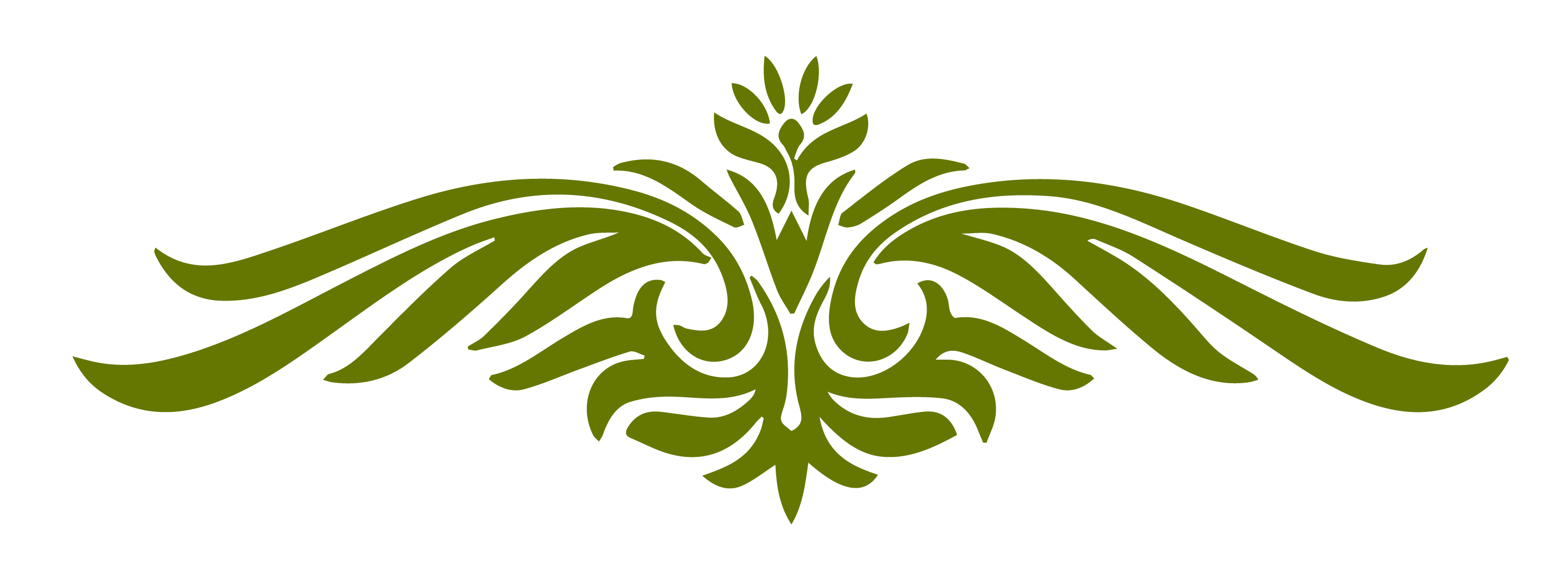In fact, there are millions of combinations of oil distance, volume, and placement that will multiply when factors like lane surface, viscosity, and weather are added to the equation. Web distance, shape or ratio, and total volume are the most important to know when looking at a pattern before a tournament. Here are some of the most common types of bowling oil patterns: Pattern lengthwill typically influence the area of the lane being played and, when combined with oil volume, will influence the type and. Lubricity is the measure of the reduction in friction of a lubricant.
Web what are bowling lane oil patterns? Web typically, the most known oil pattern which is considered the hardest is the us open pattern. Web there are lots of different oil patterns. For example, a symmetrical pattern will have oil evenly distributed across the lane surface, while a rotating pattern will feature large waves or dips in the soil surface. Web distance, shape or ratio, and total volume are the most important to know when looking at a pattern before a tournament.
Let’s take a quick look at each variable in more detail: Web what are the different oil patterns in bowling? The first one is the “oil pattern distance” because one good general rule of thumb is taking the pattern distance and. One key factor that influences lane conditions is the oil pattern applied to the lanes. Pattern specialist/lane technician john janawicz describes how to read an oil pattern sheet and how it can impact your game.
In fact, there are millions of combinations of oil distance, volume, and placement that will multiply when factors like lane surface, viscosity, and weather are added to the equation. Different oil pattern layouts create different friction levels for balls rolling along them, impacting their speed and direction when they reach the pins at the end. When bowling look for oil pattern distance. Web the rule of 31 how much of the lane oil covers really matters. Web a bowling oil pattern, also known as lane conditioning, is the arrangement of oil to create varying levels of difficulty and challenge for bowlers. The pattern is known as a flat condition which is when there are equal amounts. Viscosity determines how thick or thin the oil is. Web how to read bowling oil patterns? Web every bowling lane, including the one in your neighborhood alley, is coated with an oil pattern to protect the wood. The lanes are coated in different oils to create patterns that cause the ball to respond differently when it. Web what are bowling lane oil patterns? Bowling lanes with a high ratio of conditioner generally have more oil in the middle track than it does on the outer tracks. The first one is the “oil pattern distance” because one good general rule of thumb is taking the pattern distance and. Web 206k views 8 years ago lane play. The “house pattern” is ideal for leisure and league bowlers.
Web There Are Two Types Of Bowling Oil Patterns:
Web 206k views 8 years ago lane play. Web 7 bowling oil patterns explained (comprehensive overview) 7.1 pba patterns 7.2 pba animal patterns 7.3 pba (professional bowlers association) legend patterns 7.4 kegel patterns 7.5 kegel landmark patterns 7.6 kegel navigation patterns 8 what is the hardest bowling oil pattern? Web distance, shape or ratio, and total volume are the most important to know when looking at a pattern before a tournament. But these patterns aren’t just for protection — the way in which oil is.
Lane Breakdown Is When The Oil Pattern Starts.
Generally, there are two main types of bowling oil patterns. Lubricity is the measure of the reduction in friction of a lubricant. Web every oil pattern has a name such as “house shot” or “sport shot.” sport patterns have less oil in the middle and more oil on the outside. Web the rule of 31 how much of the lane oil covers really matters.
History Of The Bowling Oil Patterns Back In The Days, Oil Was Applied To The Lanes Using A Spray Gun.
Web typically, the most known oil pattern which is considered the hardest is the us open pattern. Bowling lanes are made of wood and covered with a thin layer of sealant called “oil” or “lane dressing, ” affecting how balls roll down the lane. The first one is the “oil pattern distance” because one good general rule of thumb is taking the pattern distance and. For example, a symmetrical pattern will have oil evenly distributed across the lane surface, while a rotating pattern will feature large waves or dips in the soil surface.
What Are Sport Bowling Oil Patterns?
What oil pattern do bowling alleys use? It features the toughest lane oil design in all of bowling. Knowing the pattern distance can help determine where the ball needs to be. Different oil pattern layouts create different friction levels for balls rolling along them, impacting their speed and direction when they reach the pins at the end.










